‘God help me’: Jim Morrison, heroin and his final days in Paris
Morrison despised heroin and always preferred to drink himself into oblivion. But an overdose – accidental or deliberate – was the most likely cause of his death that night in Paris 50 years ago, writes Sean Smith


Responding to a call for urgent medical assistance, a young fireman named Alain Raisson arrived at a fourth-floor apartment in the Marais quarter of Paris on the morning of 3 July 1971 to find a distraught woman weeping over the body of a man in a bathtub. Although he had congealed blood around his nose and mouth and was no longer breathing, he was not yet cold to the touch. During resuscitation it became apparent that the residual warmth had been imparted by the tepid bath water and that in all likelihood, he had died an hour earlier.
Raisson didn’t recognise the young American but he would be mourned by millions as Jim Morrison, the lead singer of ground-breaking rock group, The Doors. The mysterious circumstances surrounding his death have fuelled his legend and 50 years on, his grave is still one of the most visited tourist sites in Paris.
Friends believe that the seeds of his self-destruction were sewn during that infamous Miami concert in March 1969, when a drunken Morrison was arrested for flashing his genitalia. After protracted legal proceedings, Morrison was eventually found guilty of indecent exposure in September 1970 and would face six months in a penitentiary if his legal team failed to overturn the conviction.

Temporarily bailed, Morrison was free to complete the LA Woman album sessions while his appeal was being processed, but fear of incarceration had exacerbated his chronic alcoholism. Janis Joplin and Jimi Hendrix had recently overdosed: Morrison ominously warned friends: “You’re drinking with number three.”
Alcohol transformed Morrison from a shy, sensitive intellectual into a loud and obnoxious drunk. By goading onlookers until he got a reaction, Morrison had turned his public displays of drunkenness into a grotesque form of performance art – once famously urinating on a barroom floor. It wasn’t all that unusual for concerned bystanders to come to the aid of a dishevelled drunk lying in a Los Angeles gutter only to find that they were staring into the stupefied face of one of the most celebrated rock stars in the world.
In March 1971, just after laying down the famous whispered baritone vocal on the closing album track Riders on the Storm, Jim Morrison informed the rest of The Doors that he was moving to Paris with his long-term girlfriend, Pamela Courson. In fact, she was already there subletting the apartment where he would live and die.
Pamela Courson told friends that on one occasion, while they were briefly staying at a hotel, a drunken Morrison fell two floors on to the roof of a parked car
The Doors were about to complete LA woman, their sixth studio album in just four years, and had fulfilled their contractual commitment to Electra so it was the natural moment for a career hiatus before they re-signed or joined another record label. But when Morrison became vague about the date of his likely return, the band realised that his departure was likely to mark a permanent exit.
Once he’d recovered from his initial shock, keyboardist and co-founder of the band, Ray Manzarek was supportive of the decision. Getting away from his drinking cronies in LA might revitalise Morrison and regenerate his creative powers. The speed of his departure was almost certainly to avoid attention from the authorities who could have forced Morrison to surrender his passport at any time. France had no extradition treaty with the United States, which made Paris a natural choice for a jaded rock star trying to resurrect his reputation as both a poet and filmmaking auteur.
When he arrived in Paris on March 11, Morrison was in a position to make a fresh start. Initially, Paris seemed to be good for his health. He had relocated without any publicity and was rarely recognised. The few sightings of Morrison at this time suggest he enjoyed perusing bookshops in the bohemian Marais Quarter, and stopping off at Cafes to jot ideas for poems in spiral-spined notebooks while watching the world go by.
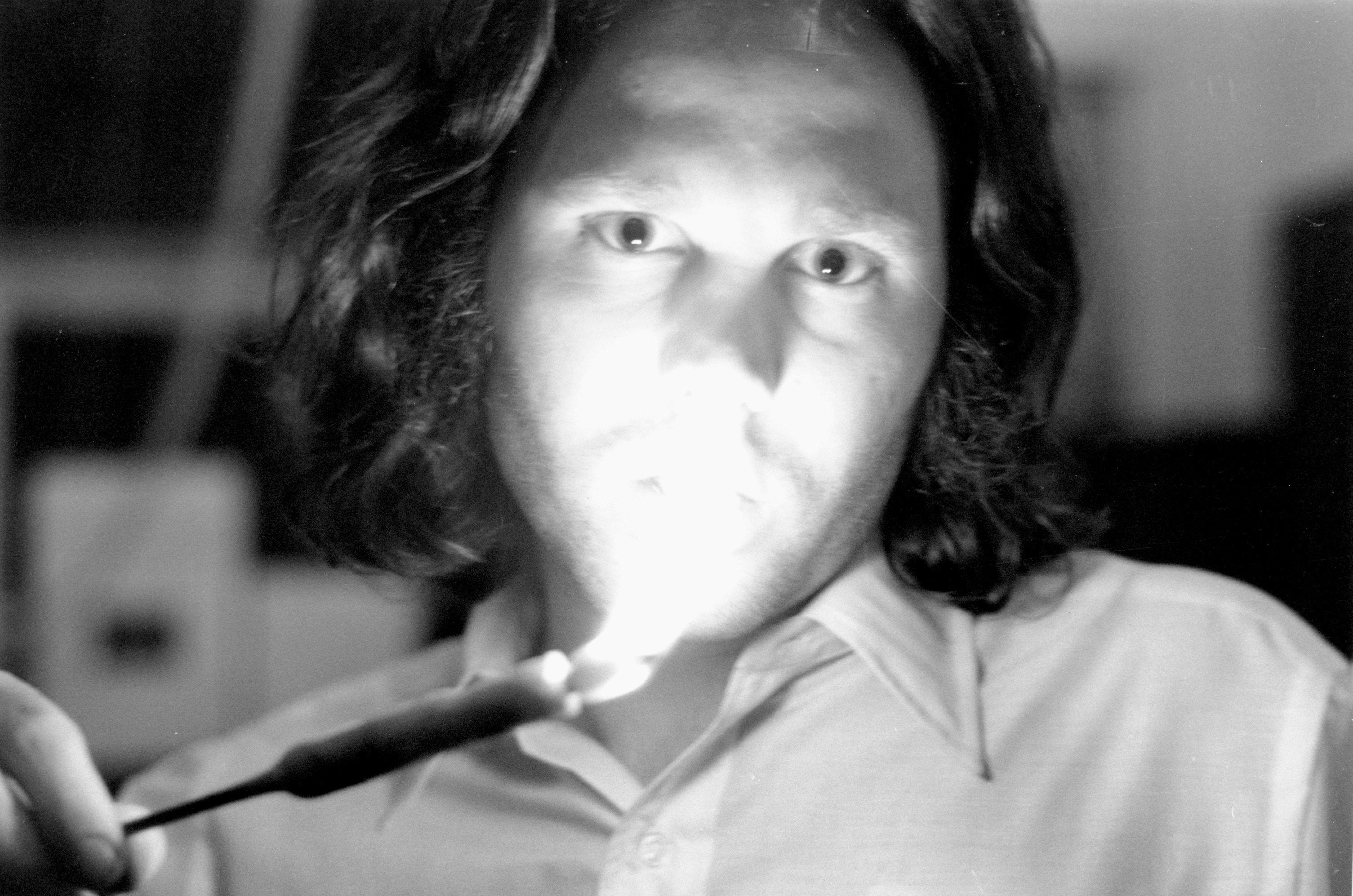
Walking helped Morrison lose much of the weight he had gained in LA. He had clearly fallen in love with the city, telling friends: “Paris is beautiful in the sun, an exciting town built for human beings.”
But Morrison was still drinking himself into oblivion. Courson told friends that on one occasion while they were briefly staying at a hotel, a drunken Morrison fell two floors on to the roof of a parked car. When she reached him, he was badly shaken but refused her attempts to get first aid, instead staggering off to continue his binge.
In May, Alain Ronay, a photographer and old friend from Morrison’s time as a film student at UCLA, moved to Paris and re-established contact. Most of what we know about the final weeks of Morrison’s life and the uneasy relationship with Courson comes from Ronay’s account. He felt that the couple’s relationship had probably only survived for five years because they had only lived together intermittently. Even in Paris, despite Morrison’s protestations, Courson initially maintained a flat of her own.
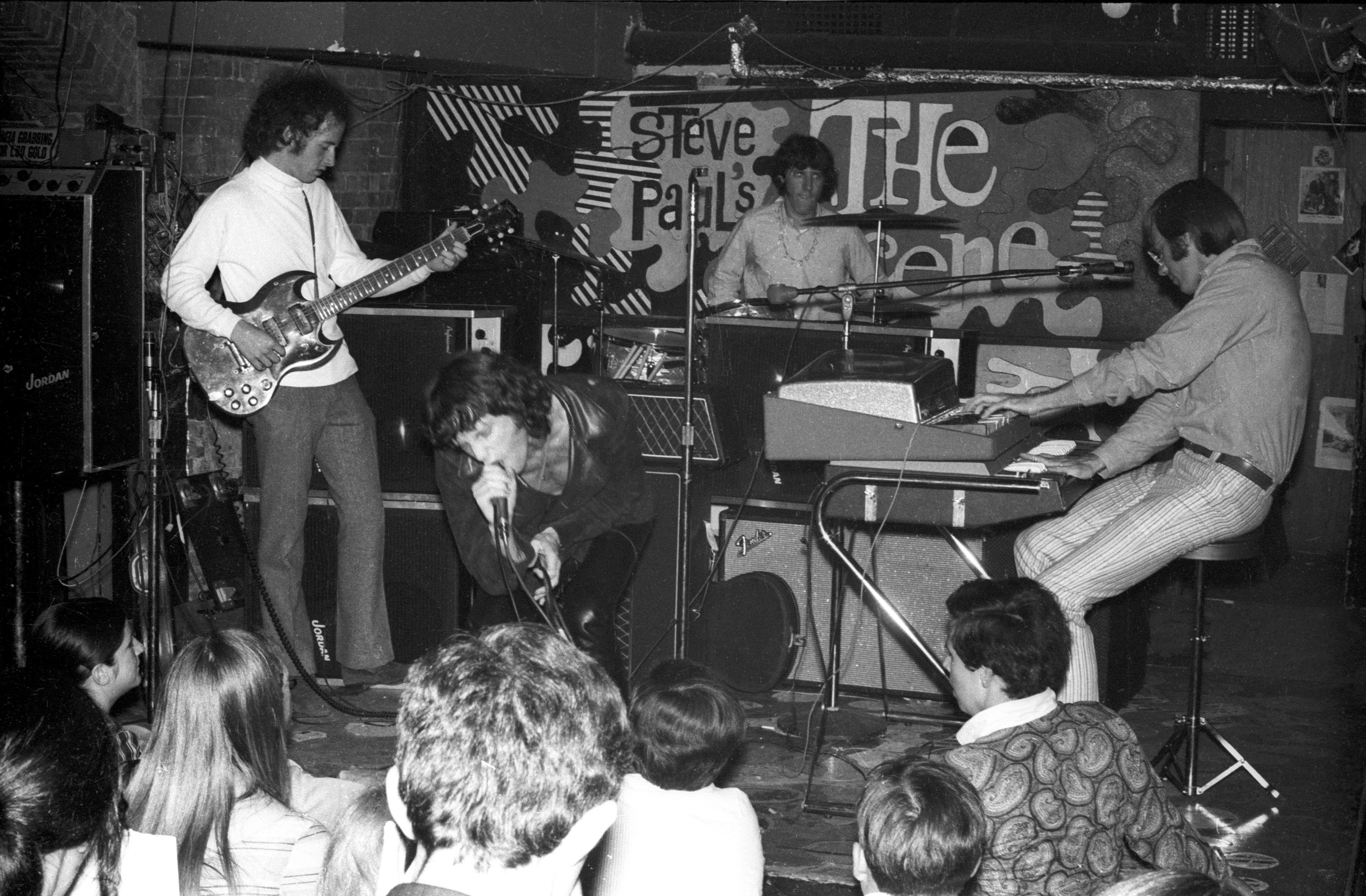
Morrison was known to have despised heroin and despaired of Courson’s habit but Ronay noted how the new living arrangements drew his friend deeper into the city’s heroin subculture.
Ronay remembers how Courson would routinely bring friends to the apartment where they would happily chat away snorting lines of heroin as he and Jim retreated to a corner. Courson’s habit was so severe it needed a daily fix to avoid withdrawal symptoms.
When her regular supply dried up, Morrison was determined that Courson would not source her addiction from street deals. He took it upon himself to procure heroin on her behalf apparently insisting: “Scoring is a man’s job.”
The Rock and Roll Circus was the notoriously seedy night club on the Rue de Seine where wealthy Parisians went to score heroin and for Morrison, it became a regular haunt during his time in Paris.
Morrison came to tolerate Courson’s addiction because it made her more biddable and in any case Morrison was resigned to losing her to an inevitable overdose, telling Ronay: “There’s only two choices you can make man. We’ve each made our own. I’m on the side of life. She’s on the side of death. We can’t do anything for her.”
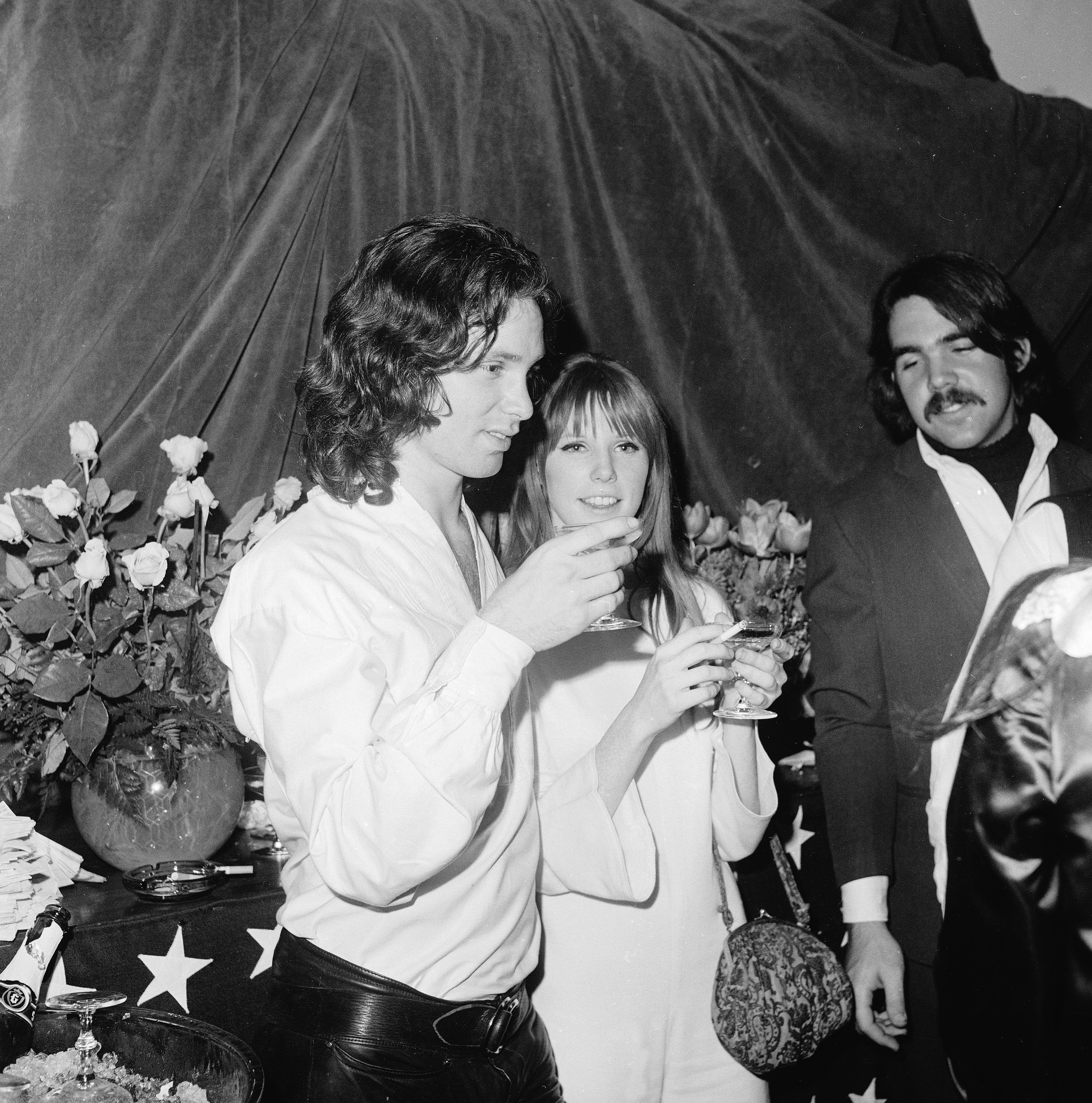
While living away from Morrison, it’s likely that Courson was continuing her affair with Count Jean de Breteuil, the notorious aristocrat who was a friend and heroin dealer to the stars. Simultaneously, De Breteuil was also living with Marianne Faithfull, who was also in the grip of heroin addiction.
Heroin was ubiquitous in Paris in 1971. His concerns for Courson meant Morrison was all too aware of the unusually high number of heroin overdoses caused by the potency of a new pink variety that was flooding the country through the French Connection later immortalised in the film of that name. Ronay remembers Morrison reading a Newsweek article that June: “The Heroin Plague: What to do About It.”
By then, Courson had finally taken up permanent residence in Morrison’s apartment. Even though he was fully aware of its lethality this is likely to have been the final fateful period when Morrison began to snort heroin too.
Death had always held a fascination for Morrison but in those final weeks Ronay noticed it had become an obsession. Just weeks before he died, Morrison asked Ronay to take him to see Pere Lachaise, the city’s legendary cemetery. Strolling among the tombs of writers like Wilde, Victor Hugo and Proust, Morrison made it clear to his friend that he wished to be buried there when his time came.
Ronay’s account of Morrison’s final day is revealing. His friend seemed in poor health, shaky and breathless. While they were out walking, he became incapacitated by a fit of hiccups that didn’t abate for the rest of the day. At one point, Ronay attempted to hail a taxi to take his friend to the hospital but Morrison refused before recovering sufficiently to eat lunch.
In those final weeks Ronay noticed that death had become an obsession. Just weeks before he died, Morrison asked Ronay to take him to see Pere Lachaise
Ronay attempted to leave Morrison at several points during the day because he was due to meet another friend. Evidently desperate not to be left alone, Morrison pleaded with him to stay. Ronay was haunted by a last glimpse of his friend alone at a café table when he eventually left him early in the evening of 2 July.
When Ronay received a telephone call from a hysterical Courson the following morning, she told him that Morrison wasn’t breathing. Ronay called the firefighting department because they were known to be the most effective responders to medical emergencies. By the time Ronay had arrived at 17 Rue de Beautrillard, Morrison’s body had been laid out on the bed and Courson was surrounded by firemen who were attempting to console her.
Courson gave Ronay the following account of Morrison’s final evening. After going to the cinema and eating a Chinese meal they had returned to the apartment at 1pm to watch home movie footage of a recent trip to Morocco while also listening to old Doors records. Both were snorting lines of heroin that she had laid out earlier. At about 3am Courson had woken to find that Jim was having difficulty breathing.
After he had been sick, she left Morrison in the bath tub and went back to sleep only to reawaken at 6am to find him, haemorrhaged and not breathing, According to an account given by Marianne Faithfull, before calling Ronay, Courson had phoned De Breteuil, who’d arrived at the flat to find Morrison already dead in the bath.
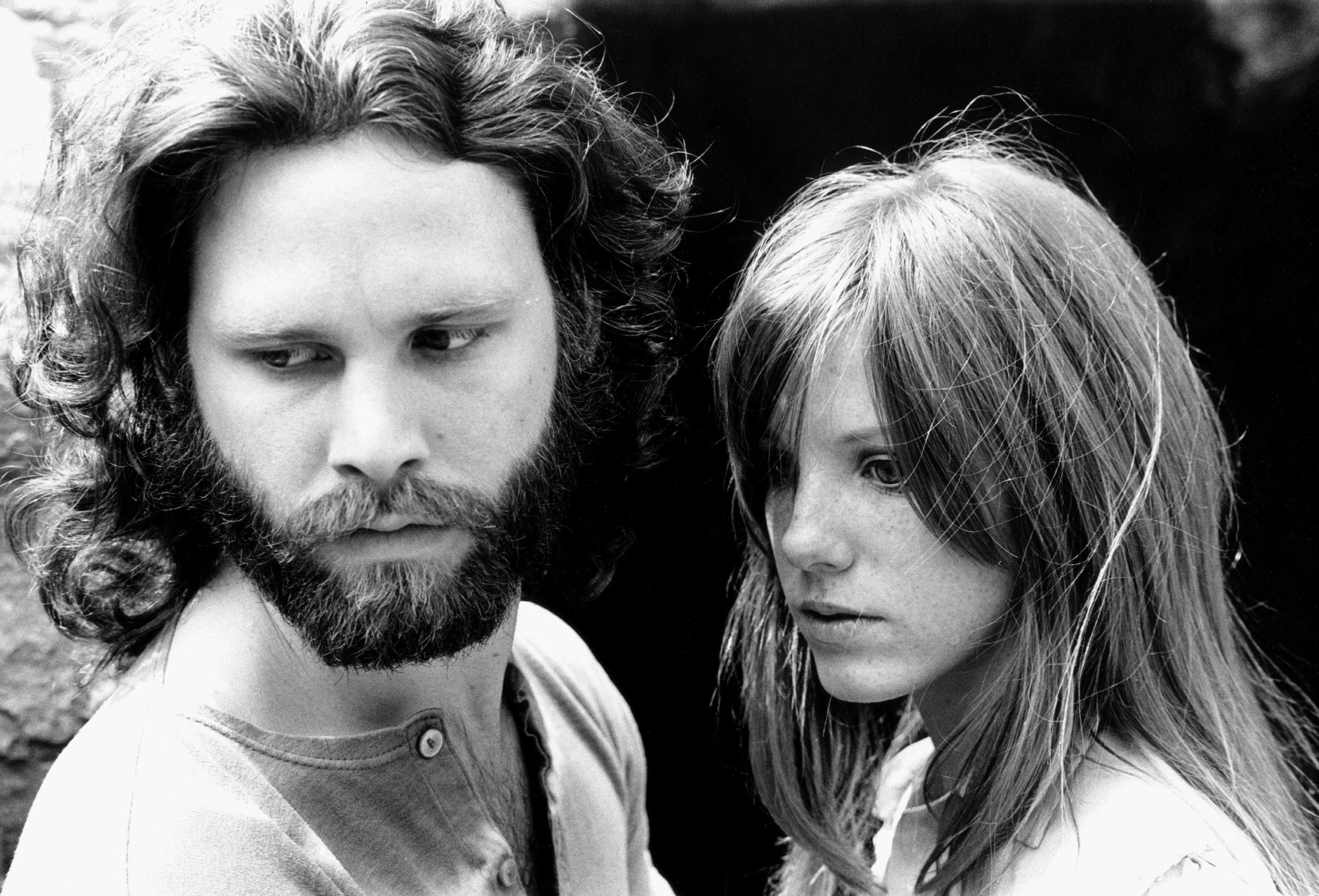
Thinking it likely that under the pressure of police interrogation, Courson would name him as the source of the fatal heroin, De Breteuil fled Paris and by the evening was safe in Marrakech relating news of Morrison’s death to friends.
In 2007 a competing narrative emerged when Sam Bernett, the former manager of The Rock and Roll Circus, published a book claiming that Morrison had died of an overdose in one of the club’s toilet cubicles. Anxious to avoid scandal, two of De Breteuil’s henchmen transported the body back to the apartment and placed it in the bathtub in a futile attempt to revive him.
The precise circumstances around Morrison’s death are blurred because the two people who could construct a consistent timeline also subsequently overdosed: De Bruteil died the following June and Courson finally succumbing in 1974.
But in the weeks after Morrison’s death, Courson gave inconsistent accounts to police, friends and Morrison’s estranged family. Her obfuscation was understandable. As a penniless foreign national and drug addict stranded in Paris her involvement in a drug-related death would have had disastrous criminal implications.
Before the police arrived, Ronay helped Courson clean the flat of drug paraphernalia. Although the death bore all the hallmarks of a likely heroin overdose, no autopsy took place because the authorities accepted Courson’s contention that Morrison’s cardiac arrest was attributable to a heart condition dating back to a childhood bout of rheumatic fever.
A furious Ray Manzarek would even berate Siddons for not insisting on opening the sealed coffin to confirm that Morrison was definitely inside
While medical examiners and police assessed the scene, Courson spent three days in the apartment with Morrison’s body. It was laid out on their bed in a plastic shroud packed with dry ice in an attempt to delay decomposition. By the time The Doors’ manager, Bill Siddons, arrived, Morrison had already been sealed in a closed veneer coffin costing just £75 dollars.
The funeral itself took place on Wednesday 7 July, lasted just eight minutes and was attended by five mourners who left after hearing Courson recite one of Morrison’s poems from memory.
But today, the pilgrims come to pay tribute in their thousands and Morrison’s grave at Pere Lachaise is the fourth most visited tourist site in Paris. Wild conspiracy theories abound that the CIA or FBI murdered Morrison. Some believe he faked his death because Morrison had given interviews suggesting he would like to emulate his hero, Rimbaud, and escape to a new life in Africa. A furious Ray Manzarek would even berate Siddons for not insisting on opening the sealed coffin to confirm that Morrison was definitely inside.
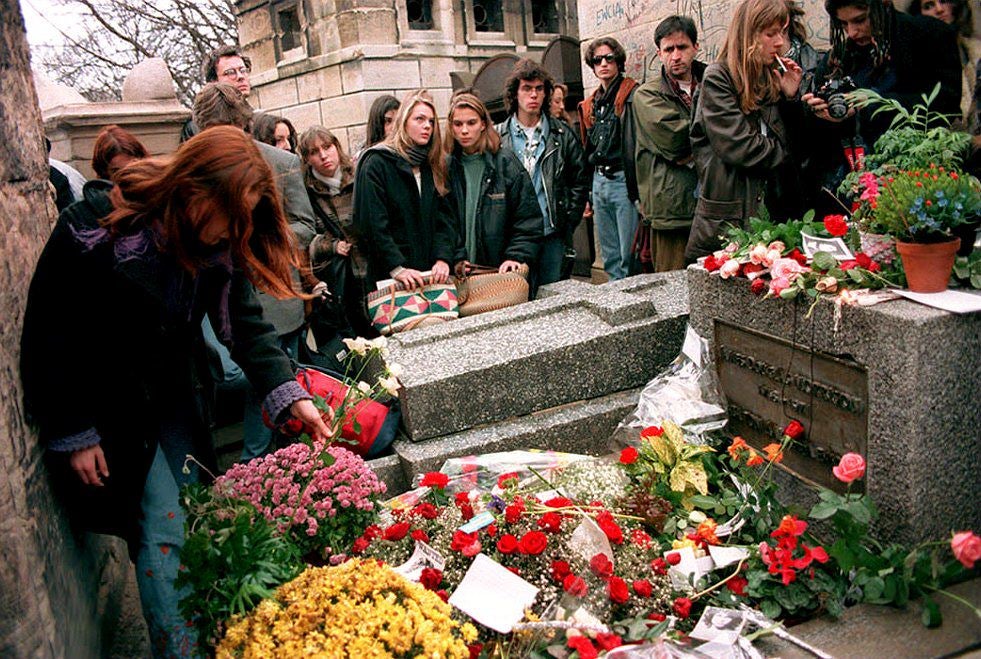
But the truth is likely to be more straightforwardly tragic. Morrison almost certainly succumbed to an overdose that was either accidental or deliberate. For people who live on the edge, that distinction is sometimes too difficult to make definitively but the evidence certainly suggests that Morrison knew he was living out his final days.
Lonely, isolated and cut off from friends without any means of retreat to his old life, the timing of that inspectorial visit to Pere Lachaise coincides with a revealing entry in one of his poetry notebooks. On a page likely to date from that time, a haunted Morrison had repeatedly scored the phrase GOD HELP ME over and over again.
It’s there in that revealing remark he had made to Ronay about being resigned to the inevitability of losing Courson to an overdose. By joining her in taking heroin he must have known the likely outcome but probably reasoned that at least he would be spared the unbearable pain of having to bury the love of his life. Morrison had long dreaded waking to the unspeakable horror Courson experienced on that morning in July.
Written just a few days before his death on one of the final pages of the poetry notebook is perhaps the final line of verse he ever wrote. “Last words, last words – out.”
Join our commenting forum
Join thought-provoking conversations, follow other Independent readers and see their replies
0Comments